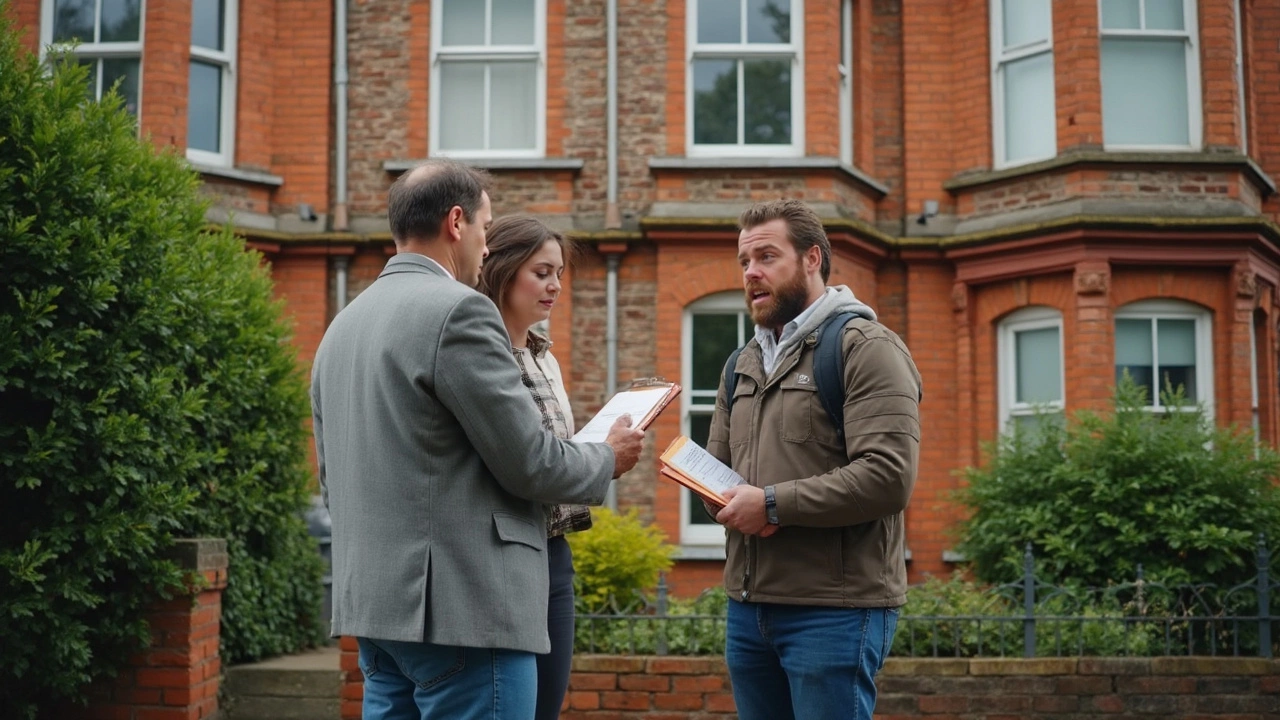Thinking about fixing your home's foundation? Foundation repairs can seem pricey, but ignoring them could cost you way more down the line. This article tackles whether these repairs are worth the investment, when they make sense, and what happens if you skip them. Get helpful tips, interesting facts, and real reasons homeowners decide to repair or hold off. No fluff—just straight talk about your home's safety, value, and peace of mind.
Repair Cost: What You Need to Know Before Fixing Anything
Thinking about fixing a leaky pipe, replacing broken tiles, or giving an old sofa a new look? The first question that pops into most heads is: how much will it cost? Knowing the price range up front saves you from nasty surprises and helps you plan a realistic budget.
Every repair has a few common cost drivers – the size of the job, the quality of materials, labour rates in your area, and any hidden problems that show up once work begins. If you understand these factors, you can compare quotes more confidently and avoid paying for unnecessary extras.
Common Repair Categories and Their Price Ranges
Below is a quick rundown of typical repair jobs you might encounter and what most homeowners spend in the UK. These figures are averages; your actual cost could be higher or lower depending on location and specific circumstances.
- Flooring repairs: Re‑tiling a small bathroom wall costs around £500‑£800, while a full floor replacement can run £1,500‑£3,500.
- Foundation fixes: Minor cracks may be patched for £300‑£600, but major structural work can climb into the £5,000‑£15,000 range.
- Furniture restoration: Re‑upholstering a couch typically costs £400‑£900; a full sofa replacement usually starts at £1,200.
- Plumbing leaks: Simple pipe repairs are often under £200, but extensive water‑damage remediation can exceed £2,000.
- Bathroom upgrades: A basic vanity swap might be £250‑£600, while a full bathroom renovation often starts around £5,000.
These numbers give you a benchmark to compare against the quotes you receive. If a price seems far off, ask the contractor to break down labour, material, and any extra fees.
How to Keep Your Repair Budget Under Control
First, get at least three written quotes. Seeing the same job priced differently helps you spot outliers and negotiate better rates. Second, ask about material alternatives – there’s usually a cheaper option that still looks good and lasts long enough for most homes.
Third, schedule the work during off‑peak seasons. Many contractors lower their rates in winter or early spring when demand is lower. Fourth, plan for a contingency fund – 10‑15 % of the total estimate is a safe cushion for unexpected issues like hidden rot or extra demolition.
Finally, consider doing small tasks yourself if you’re comfortable with basic tools. Cleaning a tile surface before re‑tiling or removing old carpet can shave a few hundred pounds off the bill.
By keeping these tips in mind, you’ll walk into any repair project with a clear idea of what to expect financially. No more guessing, no more budget overruns – just a smoother process and a home that feels right.
Ready to start? Grab a notebook, list the repairs you need, and begin collecting quotes. With the right information, you’ll make smarter choices and keep your repair costs exactly where you want them.
